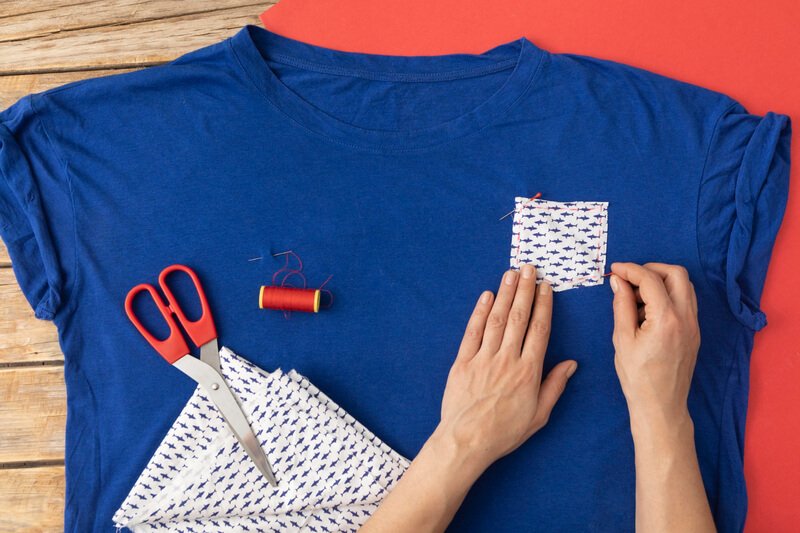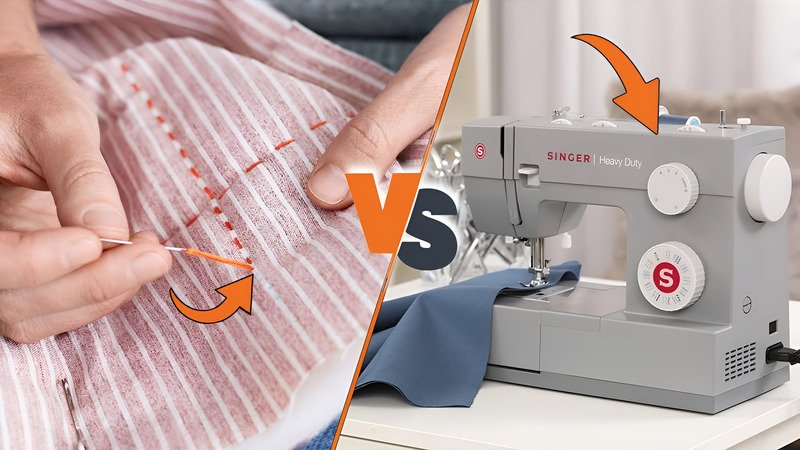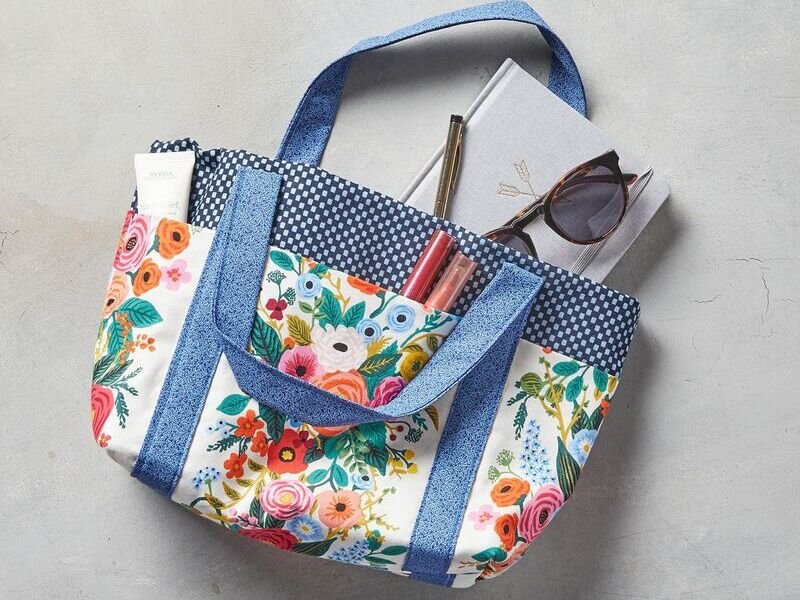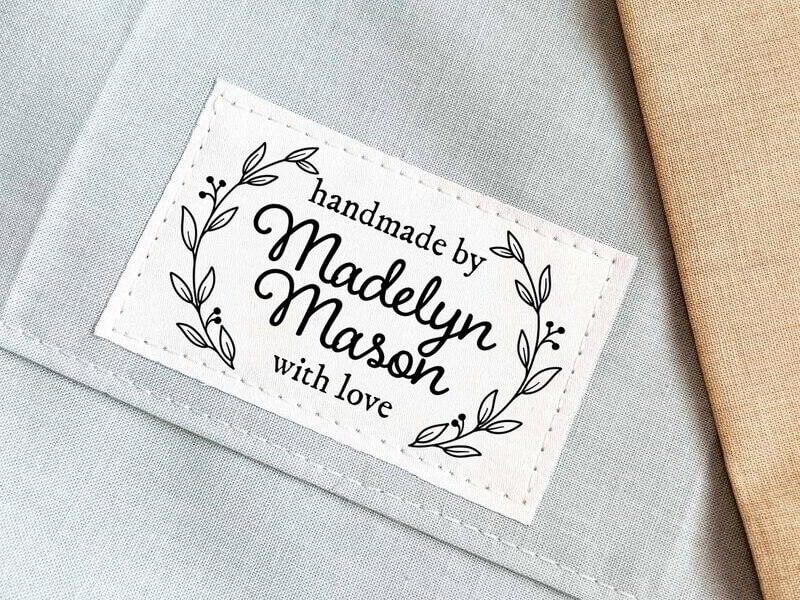What is Sewing: A Simple Guide for Beginners & Practical Uses
Sewing is a simple way to join fabric using a needle and thread. This creates stitches and seams. It’s important for making clothes and fixing items. Sewing is also used for adding brand labels to products. You can sew by hand for small tasks. You can use a sewing machine for bigger projects.
1. What is sewing?
1.1 Defining sewing in simple terms
At its simplest, sewing means fastening or attaching pieces of fabric—the material used for clothes, curtains, and bags (like your t-shirt material)—together using stitches made with a needle and thread. “Joining” refers to connecting two pieces so they become one.
Understanding this basic concept is the first step. It’s useful whether you’re fixing a toy or, like many who use branding elements, considering how brand labels are attached to products. This process fundamentally involves creating stitches to join fabric.
Think of how glue sticks paper together; thread and stitches do a similar job for fabric, but they create a stronger, flexible connection that moves with the cloth. The essentials for sewing are a needle, thread, and fabric.

1.2 The key parts: needle and thread
A sewing needle is usually made of metal. One end is sharp to pierce the fabric easily, while the other end has a tiny hole called an “eye,” through which the thread is passed. Hand sewing needles are typically small and straight, whereas sewing machine needles are specially designed for use in a machine.
Thread is like a single strand of hair, but much stronger. It can be made from cotton (a plant-based fiber), polyester (a durable synthetic material), or even silk. The thread forms the stitches that lock the fabric pieces together.
For example, at Packlove, our woven labels—which are created by weaving fine threads together, similar to labels found on clothing necklines—are themselves made of delicate threads. However, to attach such a label to a shirt, you would use a different, stronger sewing thread, often made of polyester.
1.3 The result: a stitch and a seam
Each time the needle passes in and out of the fabric, pulling the thread along, it creates a single stitch. A stitch is a core component of sewing. Imagine making one tiny loop. A short sewn line is composed of many such small stitches, one after another. When a line of stitches connects two pieces of fabric, that line is called a seam.
If you look at the side of your t-shirt, you’ll see a seam where the front and back pieces are joined. Seams give clothes and other fabric items their shape, making them essential for garment assembly. Sewing joins fabric pieces to create these seams. Traditionally, sewing requires a needle and thread to make these vital connections, establishing it as a fundamental fabric-joining technique.
2. Why is sewing important?
Sewing has many uses, primarily for joining fabric and attaching various elements.

2.1 Making new things
Almost every piece of clothing you wear—shirts, jeans, dresses, and jackets—is made by sewing fabric pieces together. Sewing is how fabric is shaped into clothes that fit our bodies. Consider a shirt: the sleeves are sewn to the body, and the collar is attached using sewing.
These processes are fundamental to garment manufacturing and creation, making sewing a primary method for assembling clothes. Sewing isn’t limited to clothes; many household items like curtains, sofa cushions, and reusable shopping bags are also made using this skill.
2.2 Fixing and changing things
If you get a small hole in your favorite jeans or a seam on your bag starts to unravel, sewing can fix it! This is called mending, and it helps your belongings last longer. Common mending tasks include sewing a patch over a hole or re-stitching a seam, which are key aspects of basic clothes repair and alteration.
Sometimes clothes don’t fit perfectly—perhaps pants are too long, or a dress is too loose. Sewing can be used to alter clothes for a better fit. Shortening pant legs or taking in the waist of a skirt are examples of alterations.
2.3 Adding details
Sewing can also make fabric items look prettier or more unique. You can sew on shiny beads, sparkly sequins, or create patterns with colorful threads (a technique known as embroidery, which involves creating decorative designs on fabric with a needle and thread). Businesses producing items like clothes, bags, or hats often sew on small pieces displaying their brand name or logo—these are called labels or patches.
This is a crucial finishing step and highlights sewing’s importance for branding. At Packlove, we offer various labels, such as woven labels and rubber labels (durable, flexible patches often made of PVC or silicone), that brands sew onto their products. Sewing provides a strong and professional method for adding these branding details.
We observe daily how vital securely and neatly attached labels are for brands, and sewing is often the preferred method. Many Packlove branding items, like labels, are designed to be attached through sewing. A sewn-on label often conveys quality and helps customers remember the brand. Understanding sewing aids in correctly applying clothing labels, including selecting the appropriate stitches for attachment.
3. How do people sew? Two main ways
There are two main methods for sewing: by hand or by machine. The sewing process has evolved from entirely manual work to include machine automation.

3.1 Hand sewing: the original way
Hand sewing is the oldest method. It involves doing all the work manually, using only a sewing needle and thread guided by your hands, without any machines. Hand sewing is excellent for small jobs, quick fixes, delicate fabrics, or adding small details like buttons or certain types of labels. Many of our customers choose Packlove’s woven labels because they can be easily hand-sewn for a very neat, traditional finish, especially for handmade items or high-quality garments. We often recommend hand sewing for delicate items or for precise label placement, as it offers significant control.
Our sew-on Packlove woven labels are popular for this very reason. If you’re exploring hand sewing for beginners, this is an excellent place to start. The basic action is simple: push the threaded needle down through the fabric layers, then bring it back up a short distance away. Repeating this motion creates a line of stitches.
3.2 Machine sewing: faster and stronger
Machine sewing employs a tool called a sewing machine, which has its own needle and motor. It creates stitches automatically as you guide the fabric under its needle. Sewing machines are significantly faster than hand sewing and can produce very strong, even, and regular stitches.
This makes them ideal for making clothes that will be worn and washed frequently. While hand sewing offers excellent control for small details, a machine is far more efficient for long seams or producing many items. Machine sewing is used for most store-bought clothes, large projects like quilts or curtains, and in manufacturing, where goods are made in large quantities in factories.
4. What can you make or do with sewing? Simple examples
4.1 Everyday items
Here are some simple things you can do with sewing:
- Fixing a button on a shirt: If a button falls off, you can easily sew it back on with a needle and thread.
- Making a simple pillowcase: You can sew two pieces of fabric together to make a cover for a pillow.
- Creating a basic tote bag: Sewing fabric can make a simple bag for carrying your books or groceries.
- Mending a small hole in your sock: A few quick stitches can fix a hole and make your sock wearable again.

4.2 For your brand
If you create your own products, sewing is great for adding your brand. You might need basic sewing tools for adding custom patches.
- Attaching a woven label to a handmade scarf: You can sew a soft Packlove woven label with your brand name inside a scarf you knitted or sewed. This is a great example of material being sewn (e.g., garment fabric, label material) onto products.
- Sewing a rubber patch onto a backpack: For a cool, modern look, you can sew a durable Packlove rubber patch onto the outside of a backpack or jacket. This involves sewing on specialty materials (like Packlove’s rubber or PVC labels).
- Adding a care tag inside a garment: You can sew in a small tag that tells people how to wash the item you made. Packlove offers different methods for sewing on various types of labels and patches. You can check Packlove’s advice on choosing the best sewable labels for different product materials.
5. Sewing and branding: A quick look at labels and patches
5.1 Why sewing is key for attaching brand elements
Understanding sewing’s role in branding helps you choose the best attachment method for labels and tags.
- Durability: Sewing labels and patches onto products makes them very secure. They are unlikely to fall off, even after many washes. This is one reason Packlove’s selection of label materials, designed for easy and durable sewing application, is popular.
- Professional look: A neatly sewn-on label or patch gives a product a high-quality, professional appearance, demonstrating care and attention to detail.

5.2 What Packlove offers for sewing
If you’re making products and want to add your brand, Packlove has options that are great for sewing. These can be found in Packlove’s resources for effectively attaching branded tags and patches by sewing.
- Woven labels: These are classic fabric labels, made from threads. They are soft and flexible, perfect for sewing inside clothes or on the outside of items. Packlove woven labels are designed to be sew-on.
- Rubber labels (PVC/silicone patches): These give a modern, often 3D look. They are durable and can be sewn onto thicker items like jackets, hats, and bags.
Explore more:
So, now you have a good idea of what sewing is all about! It’s a wonderful skill that can be both creative (making new things!) and very practical (fixing things!). Anyone can learn the basics. At Packlove, we know that how things are made matters a lot. Even something small like sewing on a brand label carefully can make a big difference to a product.
That’s why understanding sewing helps us provide great branding items for creators. Want to add professionally sewn labels to your products? Explore Packlove’s branding solutions for your creations! Have questions about choosing or attaching labels? Contact the friendly Packlove team for expert advice!






















